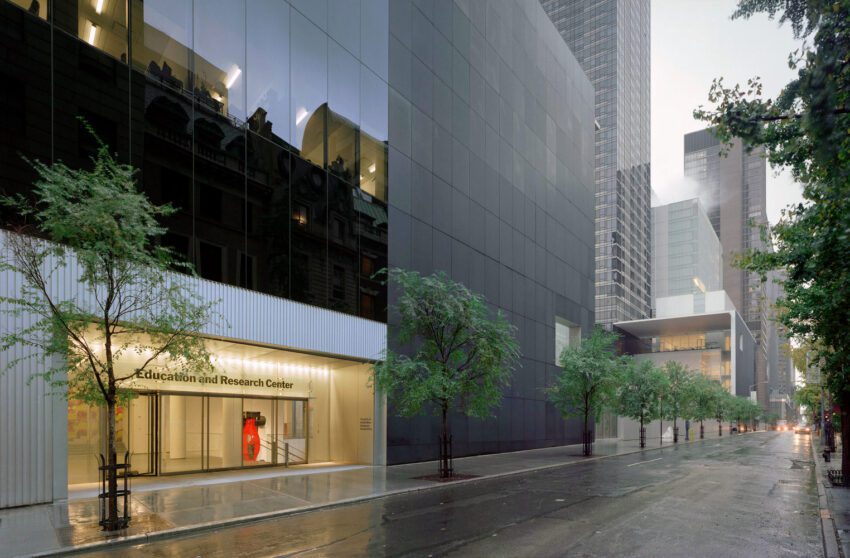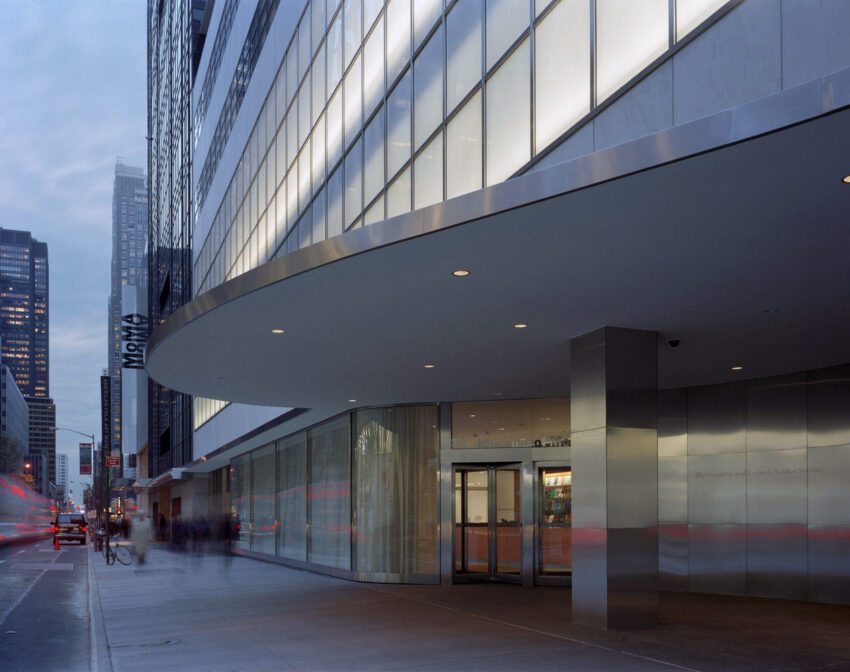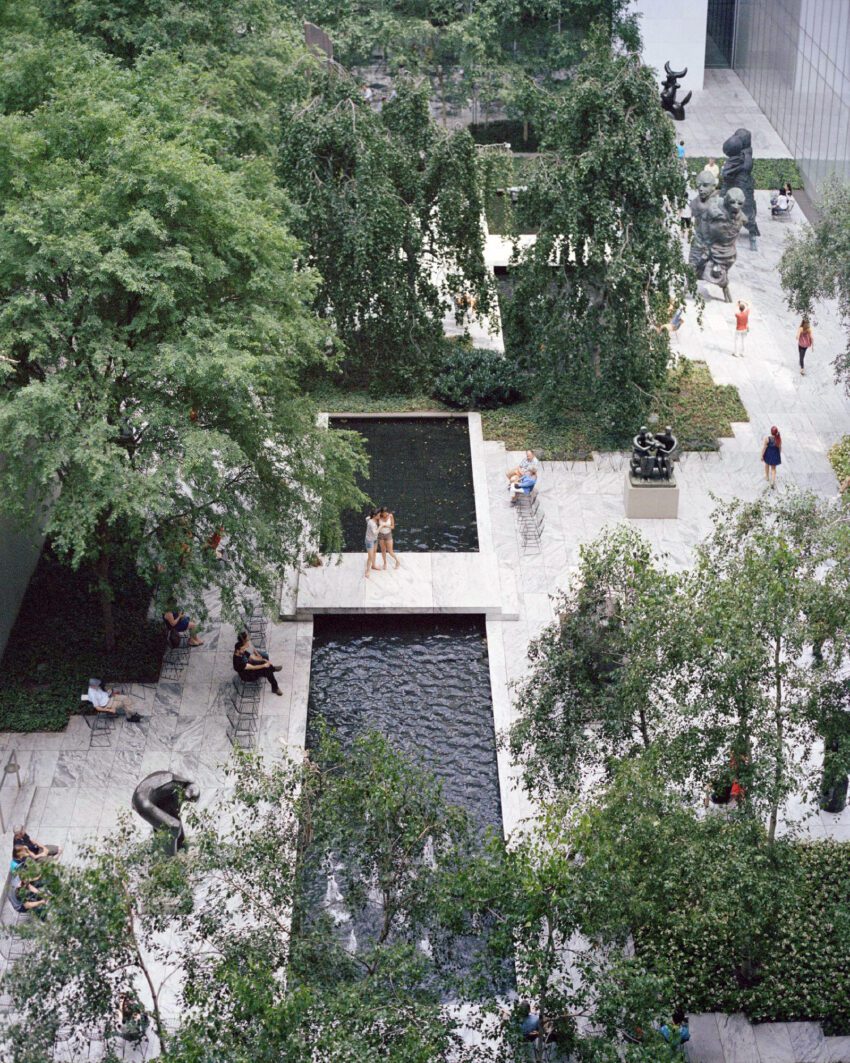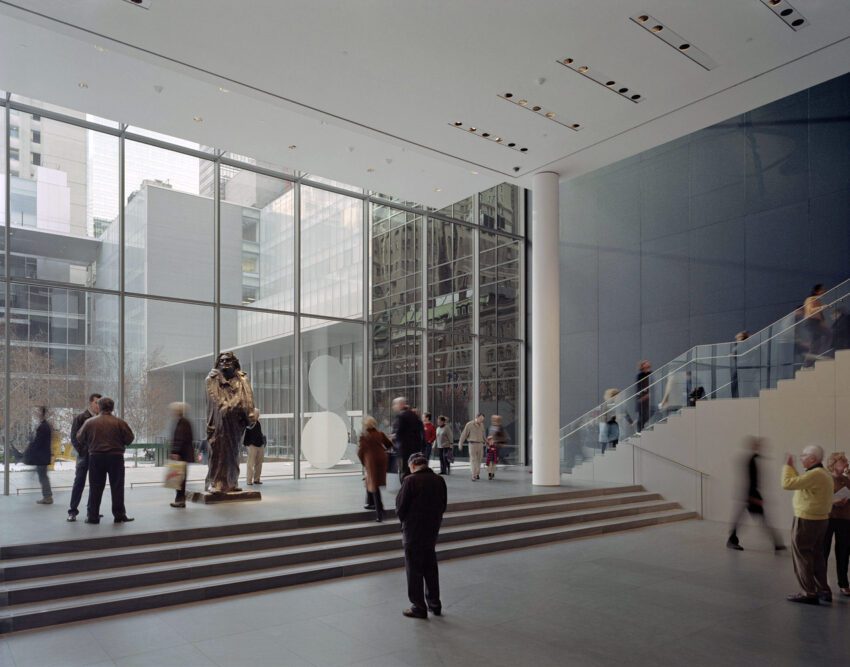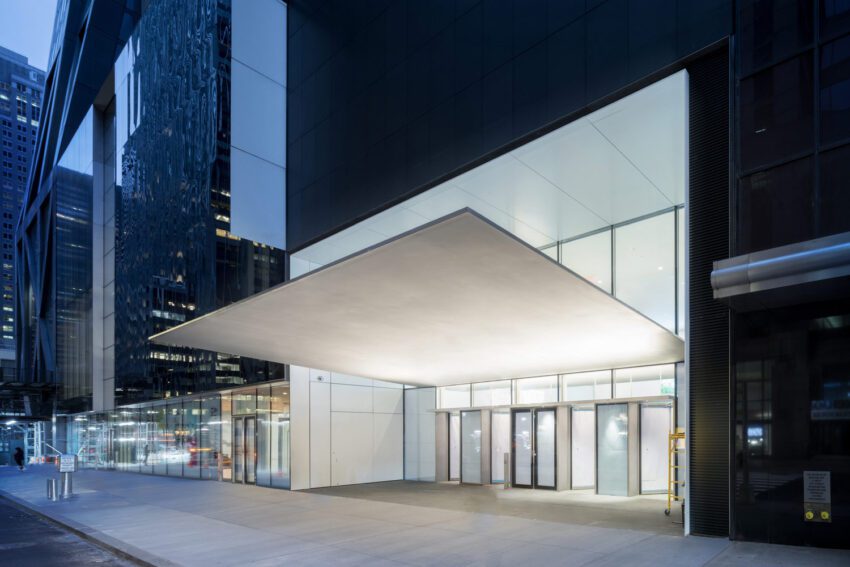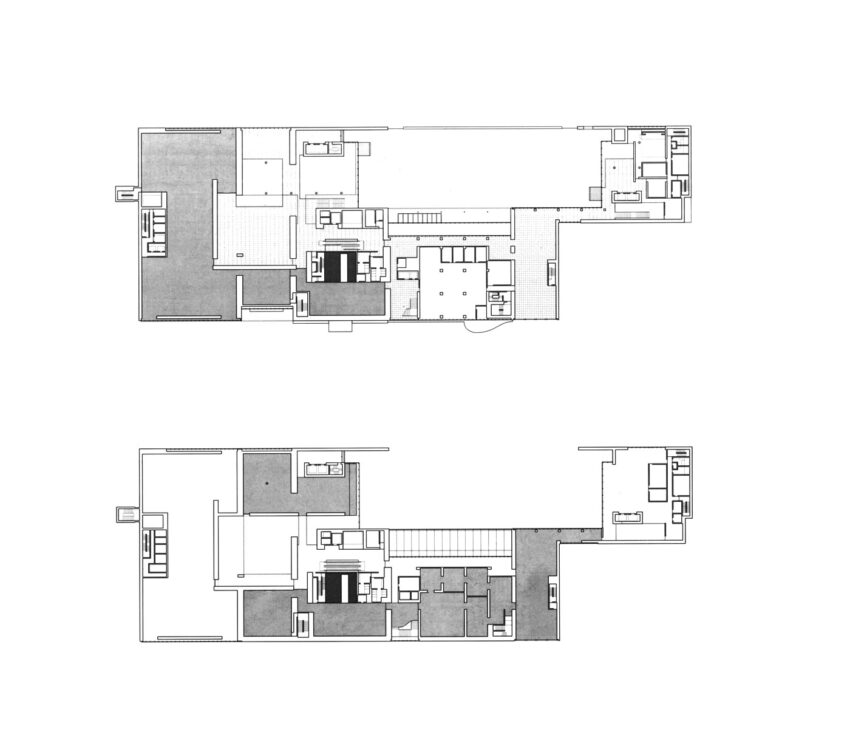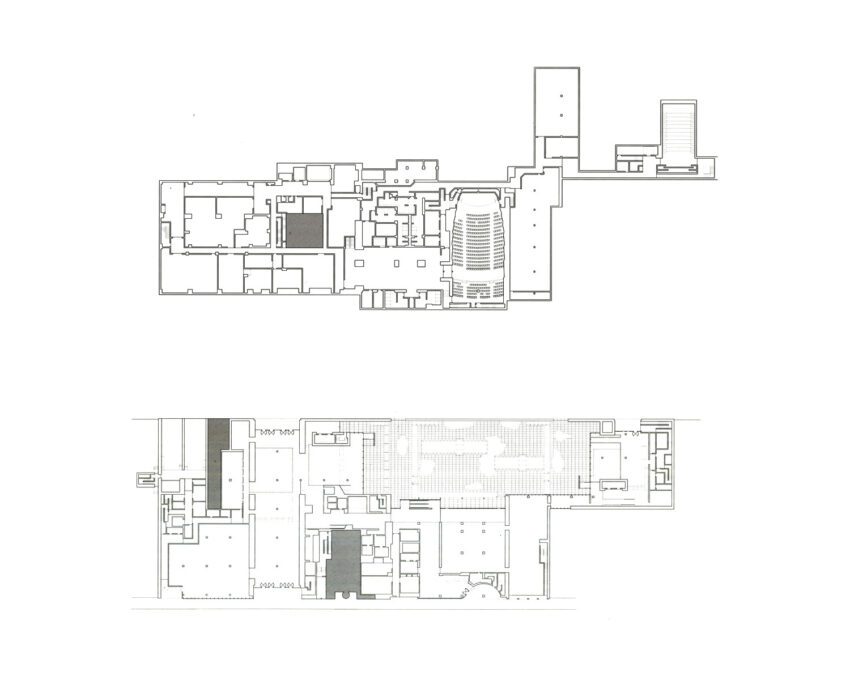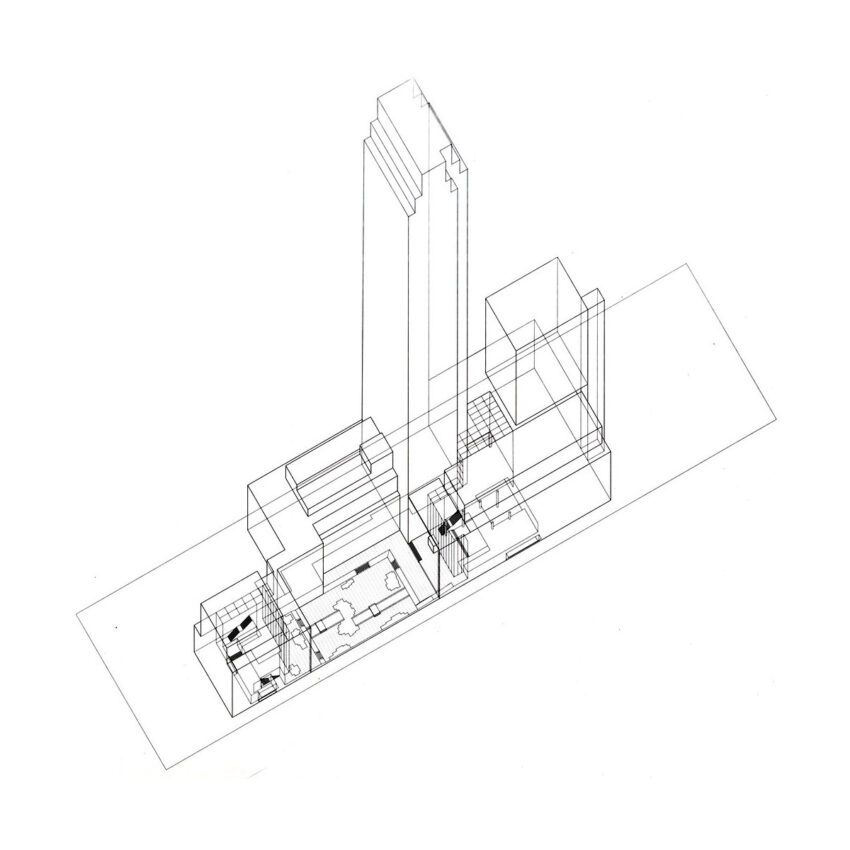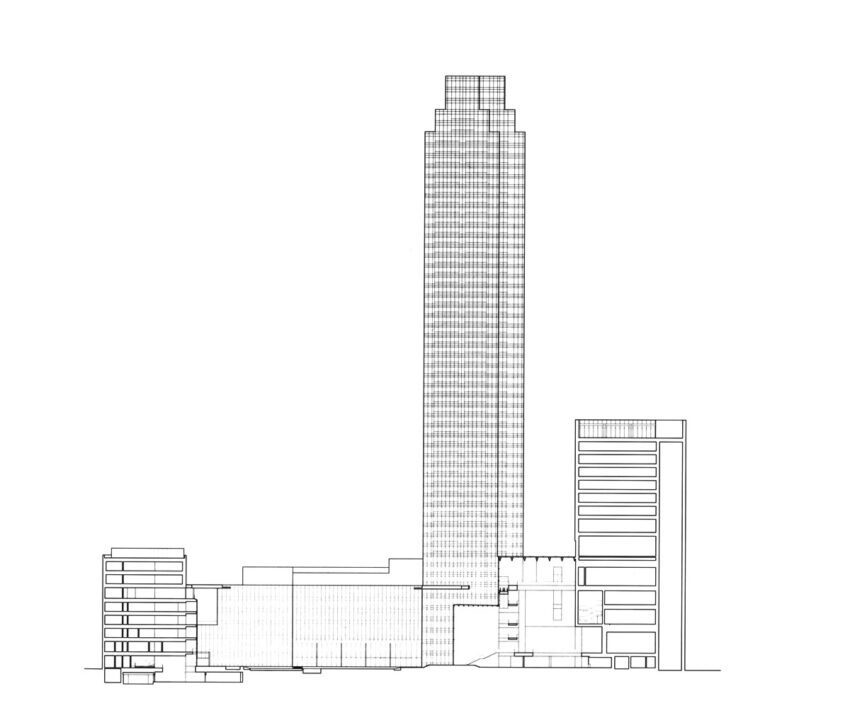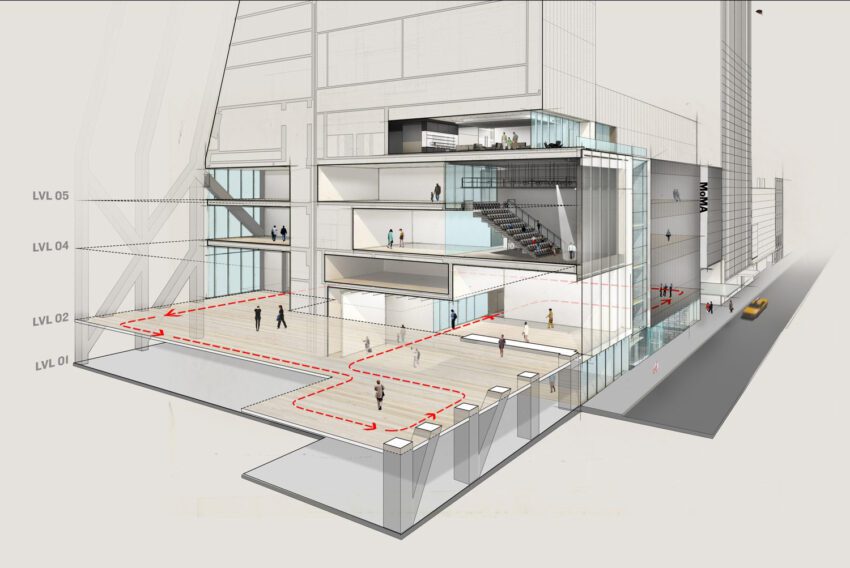The Museum of Modern Art (MoMA) in New York City, nestled in Midtown Manhattan, is an iconic institution that not only houses some of the world’s most significant modern and contemporary artworks but also reflects a rich architectural history. This article delves into the architectural evolution of MoMA, from its inception to its current state, highlighting the significant contributions of various architects and the museum’s role in shaping the narrative of modern art.
Museum of Modern Art Technical Information
- Architects: Philip L. Goodwin, Edward Durell Stone, Philip Johnson, Cesar Pelli, Yoshio Taniguchi, Diller Scofidio + Renfro, Gensler
- Location: 11 West 53rd Street, Manhattan, New York, USA
- Topics: Museum
- Area: 708,000 ft2 | 65,800 m2
- Project Year: First Renovation 1929-1939, Second Renovation: 1950-1980, Third Renovation: 1990-2004, Fourth Renovation: 2010-2019
- Photographs: © Rory Gardiner, © Timothy Hursley, © Iwan Baan, © Brett Beyer
The most important thing is that I would like to have it said of the new MoMA, “It has the most beautiful rooms for art in the world.”
– Yoshio Taniguchi1
Museum of Modern Art Photographs
Architectural Evolution of MoMA
1. The Early Beginnings (1929-1939)
Founded in 1929 by Abby Aldrich Rockefeller and her colleagues, MoMA initially operated from the Heckscher Building at 730 Fifth Avenue. Its first permanent home, designed by Philip L. Goodwin and Edward Durell Stone, was unveiled in 1939, featuring the International Style that symbolized the museum’s dedication to modernism.
2. Expansions and Renovations (1950s-1980s)
Over the years, MoMA underwent several expansions and renovations. Notably, Philip Johnson’s 1964 addition and Cesar Pelli’s 1984 residential tower added new dimensions to its architectural character. The museum’s physical space, however, remained constrained despite these expansions, often struggling to accommodate its growing collection.
The Museum of Modern Art is a laboratory: in its experiments, the public is invited to participate.
– Philip Johnson
3. Taniguchi’s Transformation (1990s-2000s)
Yoshio Taniguchi’s renovation in 2004 marked a significant transformation. His design philosophy brought a refined minimalism, integrating the museum’s various segments while preserving historical elements. The Sculpture Garden, envisioned as the museum’s heart, and the integration of diverse gallery spaces exemplified Taniguchi’s attention to detail and respect for MoMA’s historical context.
I would like to create a museum that only a Japanese person could do, not a Westerner or anyone else.
– Yoshio Taniguchi1
4. The Contemporary Phase (2010s-Present)
In 2010, MoMA announced further expansion plans. These included a controversial decision to replace the adjacent American Folk Art Museum and the addition of a 1050 ft. tower by Ateliers Jean Nouvel. The renovation, executed by Diller Scofidio + Renfro in collaboration with Gensler, aimed to increase gallery space and enhance visitor experience, reflecting MoMA’s evolving role in the world of modern art.
Our design for the new MoMA seeks to offer a multitude of ways to experience art.
– Diller Scofidio + Renfro
Cultural and Artistic Significance
MoMA’s architectural journey is not just about expanding physical space. Each phase of its development reflects a dialogue with contemporary architectural trends and the museum’s commitment to presenting modern art in a contextually relevant manner. From Taniguchi’s minimalist approach to the latest expansion that focuses on inclusivity and integration, MoMA’s architecture is a testament to its role as a modern art arbiter.
The Museum of Modern Art in New York, through its architectural metamorphosis, remains a symbol of modernism and a sanctuary of contemporary art. Its continuous evolution mirrors the dynamic nature of the art it houses, positioning itself not just as a museum but as a crucial participant in the ongoing discourse of modern and contemporary art. As MoMA gears up for its future expansions, it continues to redefine the boundaries between art, architecture, and the urban fabric of New York City.
Museum of Modern Art Plans
Museum of Modern Art Image Gallery
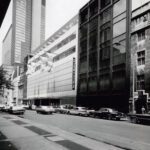
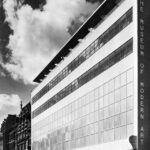


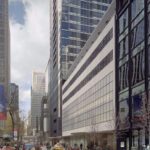

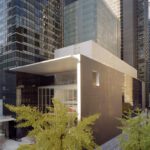
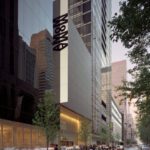




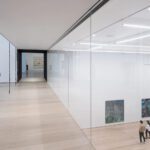
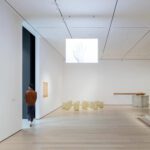
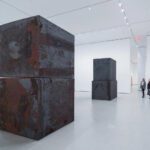
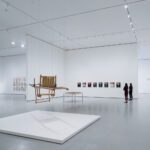
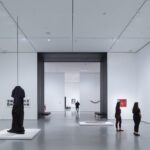
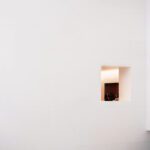

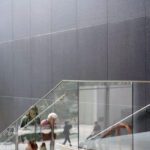
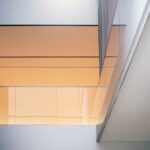

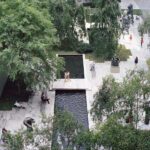





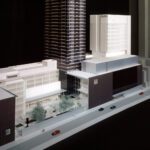

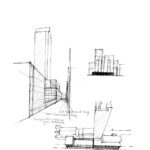
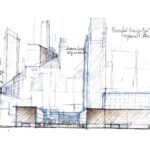


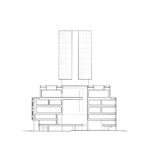
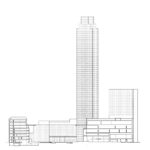
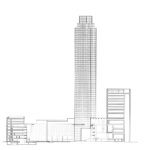

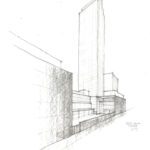
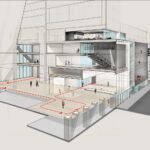
About Yoshio Taniguchi
Yoshio Taniguchi is a renowned Japanese architect, celebrated for his minimalist and refined architectural style that seamlessly blends modernism with a deep respect for traditional Japanese aesthetics. Born in 1937, Taniguchi gained international acclaim primarily for his 2004 redesign of the Museum of Modern Art (MoMA) in New York City, where he skillfully integrated the museum’s diverse architectural history with a contemporary and elegantly understated new construction. His approach, characterized by precise detailing and a focus on the harmonious integration of space, light, and material, has established him as a pivotal figure in contemporary architecture, particularly in the realm of museum and cultural institution design.
About Diller Scofidio + Renfro
Diller Scofidio + Renfro is an interdisciplinary design studio based in New York City, known for integrating architecture, the visual arts, and the performing arts. Founded in 1979 by Elizabeth Diller and Ricardo Scofidio, and later joined by Charles Renfro as a partner, the studio is recognized for its innovative and often provocative approach to design. They have been involved in a wide range of projects, from large-scale cultural and civic facilities to public installations. Notable works include the High Line in New York City, the redesign of the Lincoln Center for the Performing Arts, and the expansion of the Museum of Modern Art (MoMA). Their work is distinguished by a commitment to addressing social, cultural, and environmental issues, often challenging the boundaries between art and architecture.

